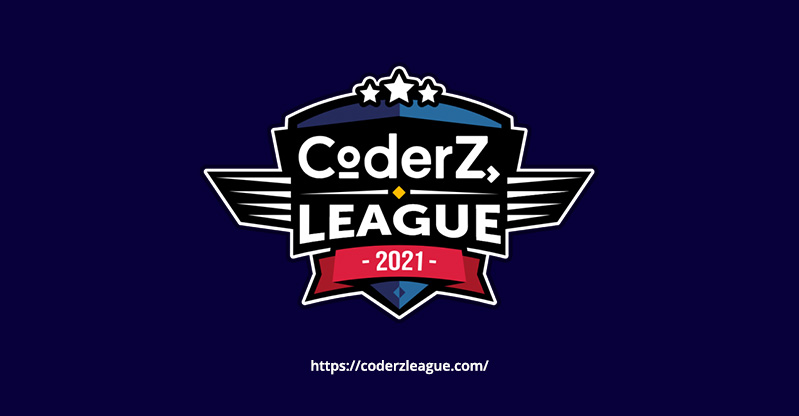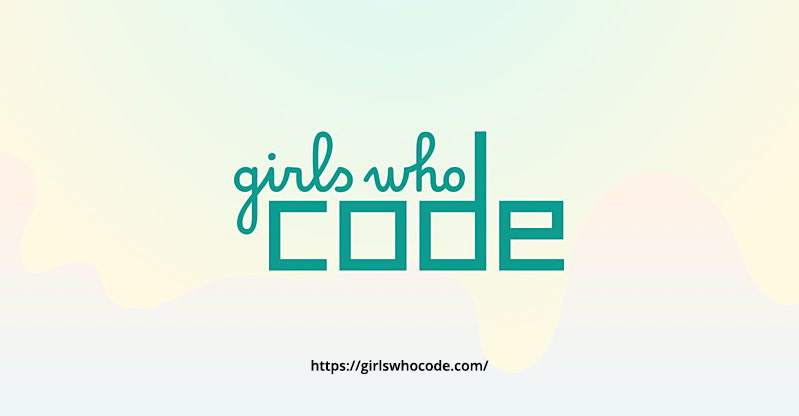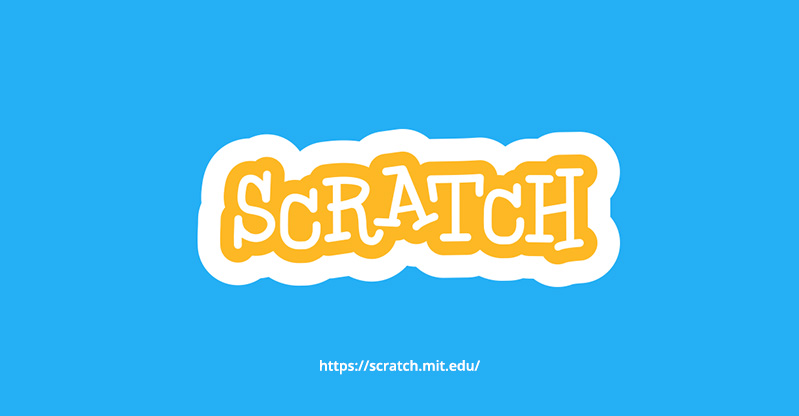According to UNESCO, the concept of inclusiveness within the educational context is seen as “a process of addressing and responding to the diversity of needs of all learners through increasing participation in learning, cultures and communities, and reducing exclusion from education and from within education.”
Pursuing inclusiveness wasn’t a priority when the first educational paradigms were designed. Sadly, educational institutions have not been accessible, scalable, and adjustable for many decades. Therefore, the educators of today, have a challenge that more difficult than just the pursuit itself of inclusiveness. Today’s educators advocate for an approach based on the Vygotskyan perspective (a theory stating that cognitive functions are the result of social interactions). However, while trying to achieve this, educational leaders struggle with adapting a system that was built to disunite.
Many new approaches are appearing in which inclusive education is becoming a priority. Entire countries are creating educational policies that force an old and rusty system to become better and to understand that hierarchies in society are becoming each day more and more horizontal.
What can parents, districts, schools, and deans do to encourage inclusivity in education? Which kind of educational activities are designed to offer all kids the same opportunities? What can you, as a parent, do to pass comprehensive values to your children?
Countries like Finland are doing a phenomenal job when it comes to education, but since many countries do not have the same budget to deal with these issues, other locations have to come up with innovative solutions to guarantee inclusiveness.
That being said, there are some innovative solutions that all parents can do to make sure that at least the values behind the concept of inclusive education become relevant both to their children and to their environment.
Let’s go over some of these extraordinary initiatives that are making this world a better, fairer, righteous place. Are you ready? Because we are!

Great initiatives advocating for inclusiveness in education
There are numerous exciting examples of platforms, learning environments, and initiatives that are advocating for inclusive education, especially within the areas and fields that are STEAM-related.
Today we are going to show you some of the best platforms fighting against privileged and selective education. Are you ready to see the actors who are playing leading roles in the educational revolution? Let’s begin!
CoderZ League
CoderZ League is one of the most influential and inclusive robotics competitions for students from all over the world. Why inclusive? Robotics for education used to be a very expensive field. Since the appearance of virtual programmable robots, students and teachers who cannot afford the cost of costly hardware can now code robots with only having an internet connection.
This virtual competition (formerly called CRCC) has been allowing hundreds of students to compete, to strengthen their 21st-century skills, and to develop valuable skills to become future-ready.

Girls Who Code
Girls who code, a phenomenal initiative founded by Reshma Saujani, has been working hard on closing the gender gap in STEAM fields for decades now. This is one of several initiatives like Women Who Code and others that are debunking in front of the entire world the myth that asseverates that girls can’t code.
Actually, according to some recent and very interesting research, code created by women is more accepted in open source platforms than code created by male programmers. Closing the gender gap in STEAM fields, coding, and other tech fields isn’t only the responsibility of these kinds of ONG’s, but rather a priority that governments in the entire globe should put on their top list.

Scratch
Coding used to be boring and only for adults. Not anymore! With the appearance of platforms like Scratch, kids can code in a colorful environment from the age of 7. Adding a mission-based environment, and creating a learning space that is both colorful and engaging for kids are only one of the many reasons why Scratch works so well.
Now, kids can be introduced to the world of programming and coding in a smooth, entertaining, gamified way. When the MIT Labs developed this learning environment, making programming education more accessible and inclusive was one of their main goals.

Coding for visually impaired children
Microsoft has been working hard at including another demographic that was previously excluded from STEAM fields – those with visual impairments.
In their publication, The Verge says that “Microsoft has been working on a physical programming language for children who are blind or visually impaired. (it is a system that) enables kids to learn how to code by connecting physical blocks together. Each block is around the size of a softball and brightly colored. There are different sizes for different commands, and children can connect them together to build a program (…)”.
Are you ready to witness how all kids, regardless of their limitations, code the world of the future?
Coding is just around the corner. Your kids can make the difference!
It is time to give your children all the tools they need to face the future and succeed at it. In the live and online coding courses offered by Tekkie Uni, your kids will strengthen endless abilities that will open hundreds of doors for them in the near future.
Coding can help your kids develop their creativity, self-confidence, self-esteem, and critical thinking. Everything, while having fun and while being encouraged by talented instructors who will see mistakes as learning opportunities, and who will guide your children until they reach their maximum potential.
Want your kids to become future-ready? The time is now!




